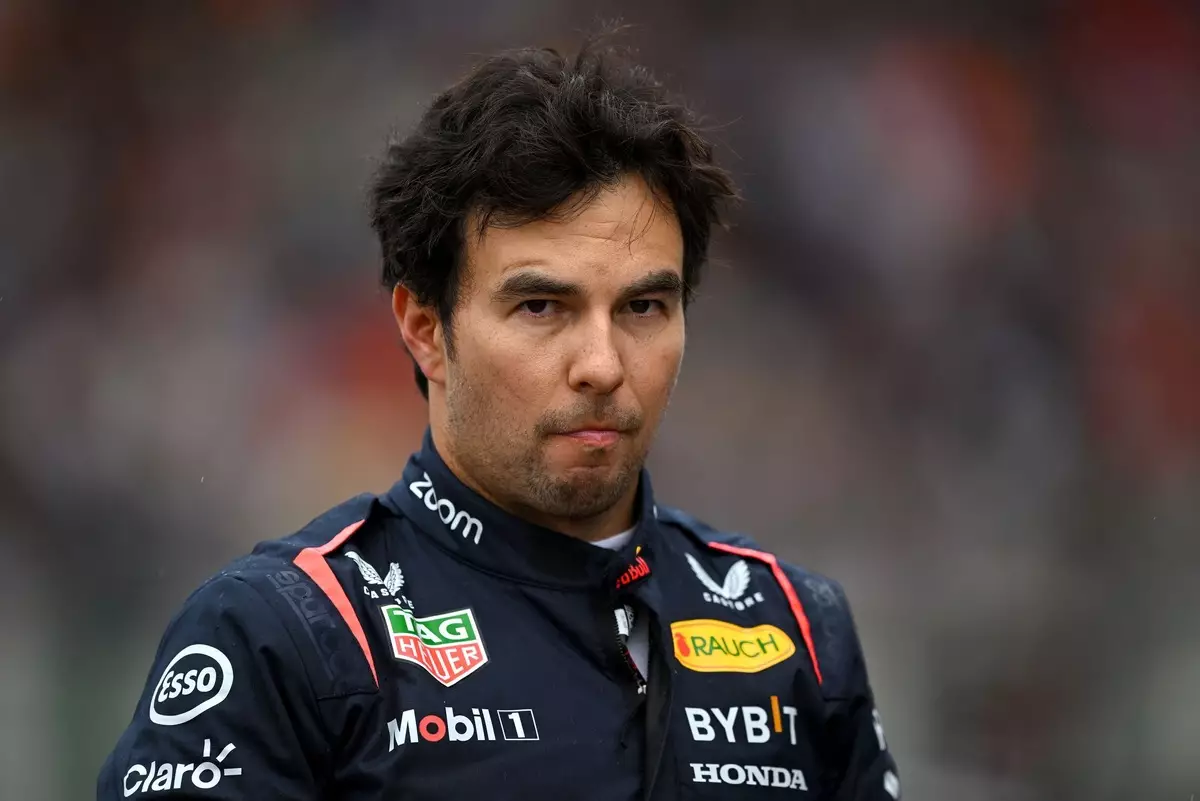Sergio Perez’s candid reflections on his time with Red Bull Racing reveal a disturbing undercurrent of pressure and mismanagement that culminated in his untimely exit from the team. As one of the sport’s most promising drivers, the expectations placed upon Perez were immense, and unfortunately, it seems that Red Bull’s handling of these expectations turned toxic. In an industry where success is measured in fractions of seconds, the psychological toll of racing is immense, yet Perez’s insights suggest that Red Bull fostered an environment that exacerbated these pressures rather than alleviating them.
During his interview with Memo Rojas Jr., Perez articulated a sense of betrayal—despite having signed a contract extension, the incessant chatter surrounding his future began almost immediately, creating a narrative that overshadowed his racing. This merely highlights the fragility of driver-team relationships; a driver’s confidence is delicate, and the constant speculation regarding his position eroded Perez’s sense of security. Red Bull’s decision to remain silent in the face of growing speculation left Perez exposed, leading to a strain not only on his performance but on the entire team’s morale.
Communication Breakdowns and Team Support
At the heart of Perez’s grievances lies a critical issue of communication—or the lack thereof. Red Bull, a name synonymous with success in Formula 1, failed to provide a buffer between Perez and the external pressures, leaving him vulnerable to the whims of media narratives and internal expectations. When a team fails to back its drivers, it creates an environment rife with speculation and insecurity, setting the stage for potential underperformance. In Perez’s case, the pressure cooker environment not only affected his performance but also impacted the engineers and all personnel involved on his side of the garage, potentially stifling innovation and teamwork in what should have been a collaborative effort.
Moreover, Perez’s assertion that Red Bull did not adequately protect him raises questions about the team’s culture and management practices. Successful teams cultivate an environment where drivers feel secure, and any external pressures are managed effectively. Instead, what was supposed to be a two-year agreement transformed into a source of personal and professional turmoil for Perez. It is a telling commentary on the management style at Red Bull; even a highly accomplished team can falter if it neglects the human aspects of performance.
Impact of Personnel Changes on Team Stability
The situation becomes even more convoluted when considering the changes in team personnel, particularly the departure of key figures like Adrian Newey. Widely regarded as one of the most brilliant minds in Formula 1 design, Newey’s exit undoubtedly signaled a shift in Red Bull’s fortunes, complicating Perez’s ability to maintain competitive performance. Perez underscored that the transition was disruptive, linking it to the team’s subsequent struggles. It is one thing to adapt to new dynamics when you’re on the upward trajectory—quite the opposite when trying to rediscover lost momentum.
Historically, teams with strong leadership and design frameworks—like Mercedes during its dominance—managed to create not only rapid cars but also stable environments for their drivers. Red Bull’s inability to maintain this stability during transitional phases has led to fragmented team cohesion, which in turn affects driver performance. The fact that successors to Perez, such as Liam Lawson and Yuki Tsunoda, have struggled to shine in the car illustrates this point vividly; the system itself seems to be in disarray.
Lessons from a Controversial Exit
As Perez moves forward following this chapter, his insights serve as crucial lessons for both teams and drivers alike in the competitive orbit of Formula 1. His experiences underscore the importance of tailored support systems that recognize the multifaceted pressures of the sport. Teams like Red Bull, with high aspirations and commercial stakes, must prioritize the emotional and psychological aspects of their drivers if they wish to sustain long-term success.
While Perez might be perceived as a casualty of harsh racing realities, his narrative also provides a roadmap for future drivers and teams looking to navigate the pressures of Formula 1. Protecting drivers from external pressures, fostering open communication, and maintaining team coherence during tumultuous times are all critical elements that can ultimately mean the difference between sporadic success and sustained excellence on the racetrack. Perez’s reflections invite a deeper conversation about what it means to nurture talent in one of the most demanding arenas in professional sports.

